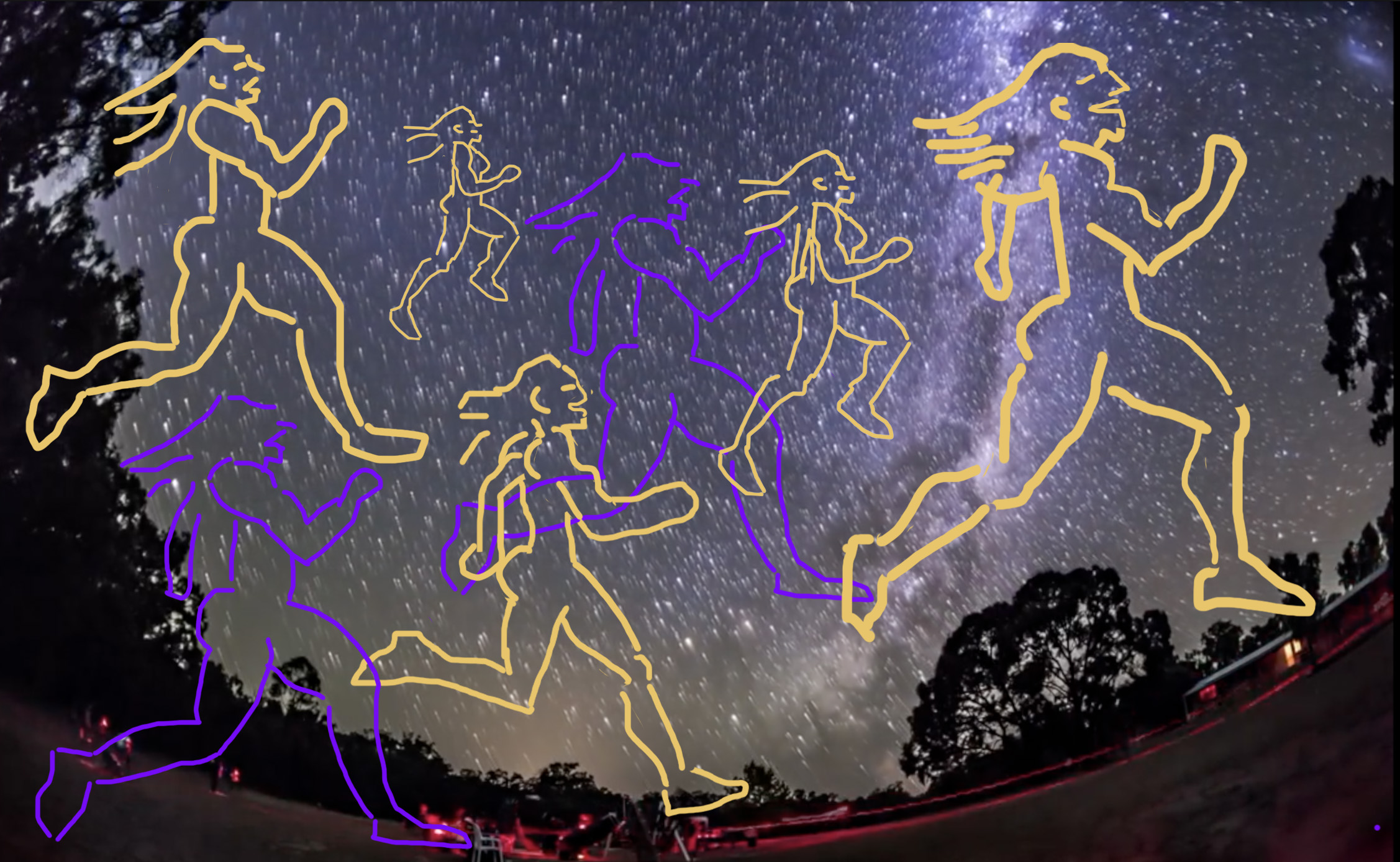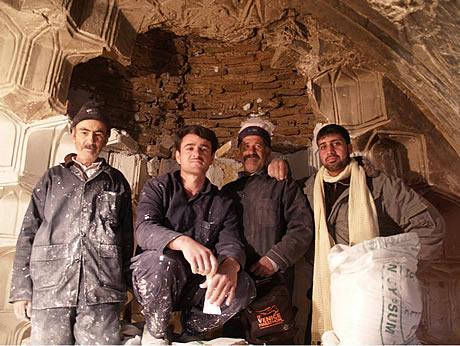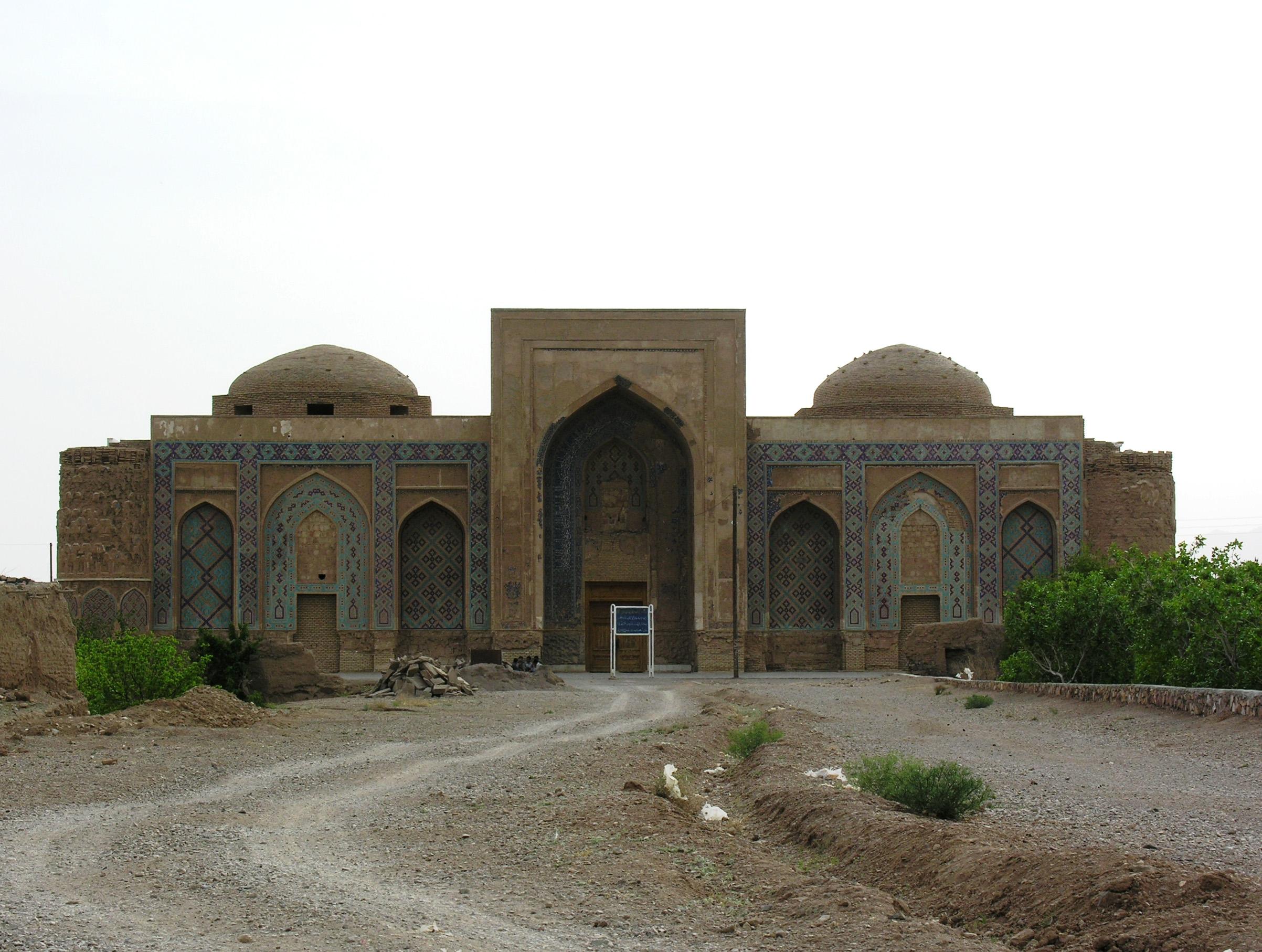Seeing stars
I’ve been lucky enough to be in places where the Milky Way feels so close that you might as well be swimming in it – and I have had a WowWowWow relationship with Dark Night Skies!So I was very excited when I saw the Expedition Society/Lumen call. In the middle of the pandemic, during the first lockdown, …




